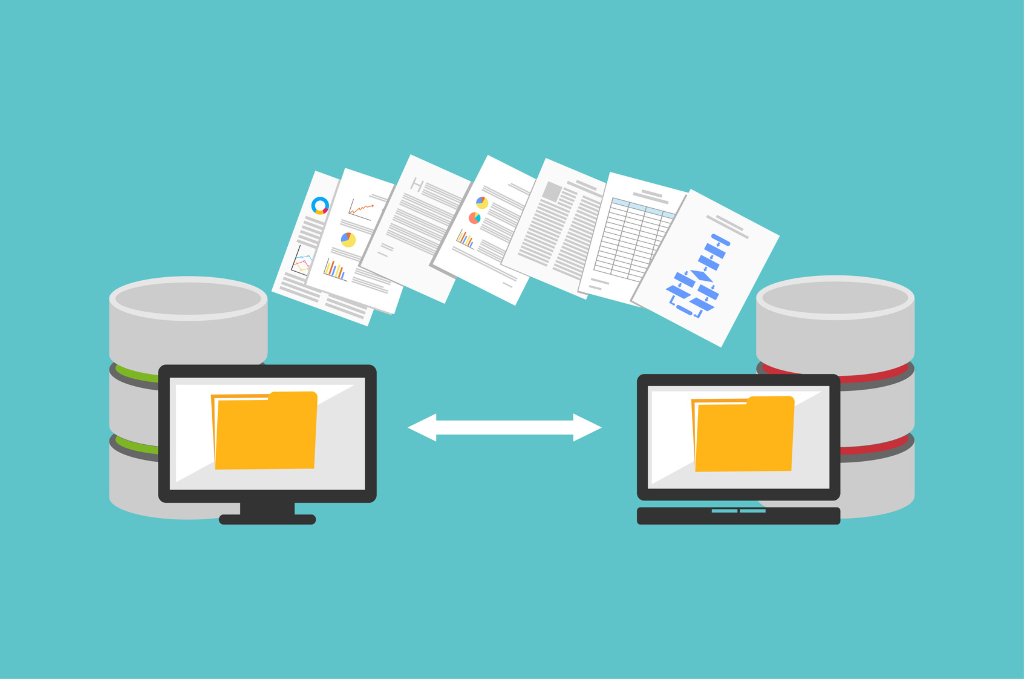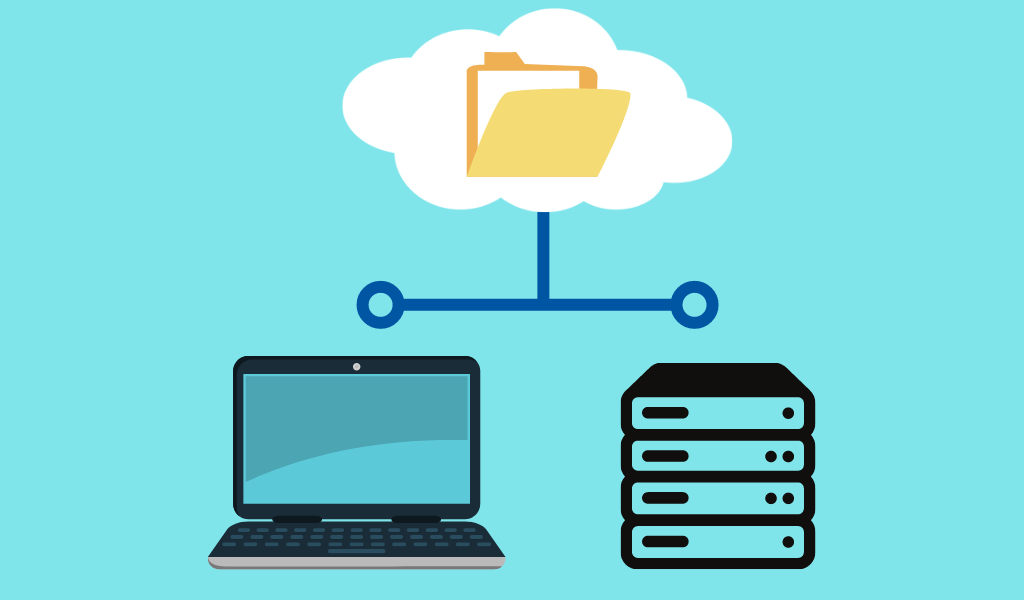 David Donovan, CTO
David Donovan, CTO
“Of course, I want to back up my data! I don’t want to lose any data.”
This is essentially the sentiment we hear from towns and cities. It’s rare when a municipality flat out shows a complete lack of interest in backing up their data. So that’s not the problem.
The problem we see is when towns and cities know they need to follow specific best practices related to data backup and yet…they balk at the investment it requires, no matter how small. While it’s good that they can usually point to some kind of data backup solution in place, a closer inspection reveals that they are taking risky shortcuts by way of a cheaper route.
However, this area can be a touchy subject for towns and cities. The rationale is: “Hey, we’re backing up our data. What more do you want? We’re not going to spend more money on something that’s overkill.”
Let’s look at five areas of data backup that are essential to its success. If your current investment does not account for these five elements—none of which are “overkill”—then your municipality is at risk.
1. Your data backup resides in a single point of failure.
Even though you think you’re backing up your data, you may have a situation where it’s all stored or synced in one place. Here are two dangerous scenarios:
- Thinking that a virtualized server means data backup: Some municipalities work with IT staff or vendors that think a virtualized server means they are backing up data. For example, a RAID server duplicates data within the same server. Virtualization technologies can allow multiple servers, including a “backup server,” to be hosted within one server. But think about it like a computer. What if you partition your hard drive and “back up” your C: Drive data in a D: Drive? And then, your entire computer fails. How’s that partitioned D: Drive “backup” working for you now? Especially if you can’t access it? The same problem occurs with servers, no matter how fancy the technology.
- Thinking that syncing files to the cloud means data backup: It’s easy to assume that many cloud services that store files are automatically “data backup.” However, these files are often synced—not backed up. That means if they are deleted in one place, they are deleted everywhere. Essentially, even if you can access your files through multiple devices, they are still stored in one place—meaning one single point of failure. Syncing files in the cloud is not a data backup solution.
2. Your data backup is onsite only.
Onsite data backup is better than no data backup at all. That means if a server fails or a computer dies, you will likely be able to recover. However, many data loss incidents occur when a major disaster strikes such as a fire, flooding, tornado, hurricane, or ransomware. If your servers and computers are all located in one building, then that means your data backup solution is destroyed along with everything else.
3. What you think is “offsite” really isn’t offsite data backup.
“I do have offsite data backup,” you say. “We’ve got our data backup in a different place.” Again, this is better than having all your data backup in one building, but problems remain. Sometimes, towns and cities will tell us about “offsite” data backup scenarios such as:
- Hosting the data backup in another building a few blocks down the street.
- Storing data backups at an employee’s house.
- Partnering with a neighboring municipality to host data backups in their buildings.
The reason data backup solutions need to be stored geographically far away is because a large natural disaster will likely affect all buildings in a town or city. If you think this aspect is “overkill,” then think about some of the recent incidents of terrible flooding in North Carolina or ransomware across the country that caused massive devastation to towns and cities. Also, towns and cities can make mistakes when they store data backups at someone’s house, in a bank vault, or within a municipal building—risking manual error, lapses in regular backups, and liability issues.
4. You don’t test your data backups.
Testing ensures that your data backup is actually working, errors are corrected, critical data is backed up, and your plan is ready to go in case of a disaster. Testing is one of the most overlooked and easy to fix aspects of a data backup and disaster recovery plan.
5. You don’t have experienced professionals monitoring your data backups for issues.
Again, some towns and cities may grow skeptical and see this best practice as “overkill.” Partly, this is because data backup solutions are commonly sold with a product mentality. You buy it, you turn it on, and it backs up your data. Problem solved, right?
No. Data backup is not a product. Data backup is a business process. Like any business process, data backup is continuous and ongoing—meaning it needs monitoring by professionals to detect issues, correct malfunctions, and provide upgrades when necessary. An unmonitored data backup solution opens you up to issues such as critical data not getting backed up, data corruption, and equipment failure.
---
Use this blog post as a 5-point assessment of your current data backup solution. If your municipality lacks confidence in any of these five areas, then you need to reexamine the quality and effectiveness of your data backup and disaster recovery solution despite your current investment.
Reach out to us through the form below if this 5-point assessment causes any concerns.





